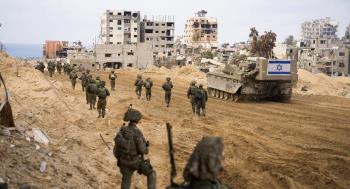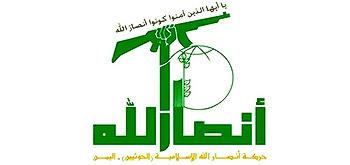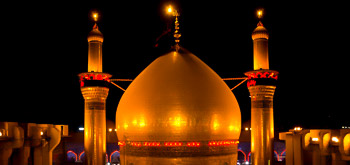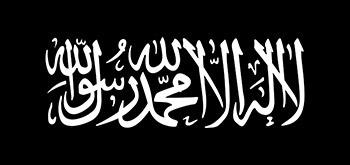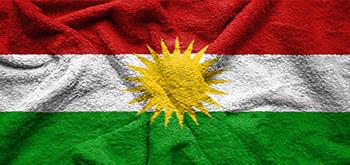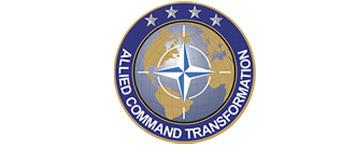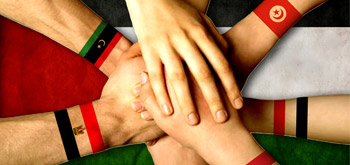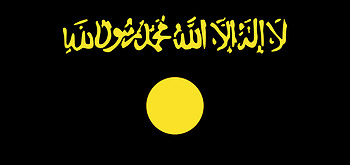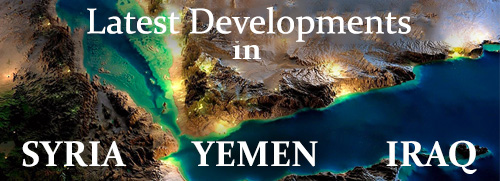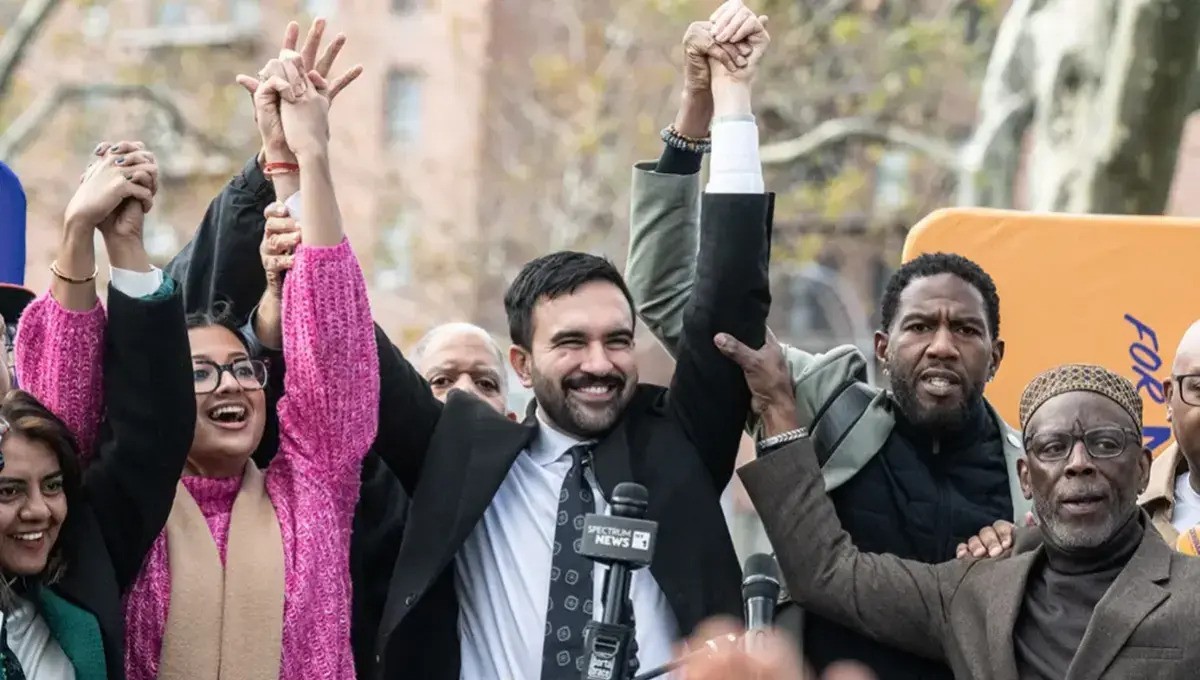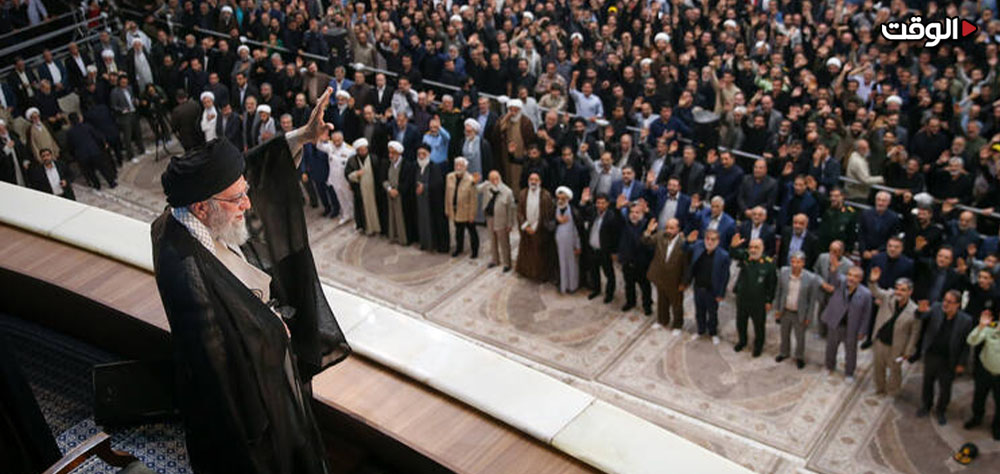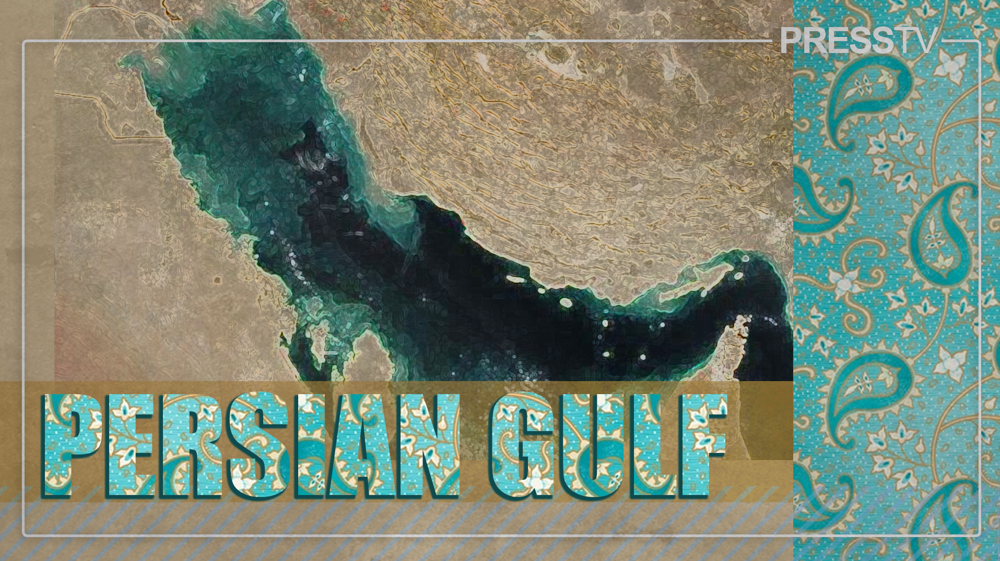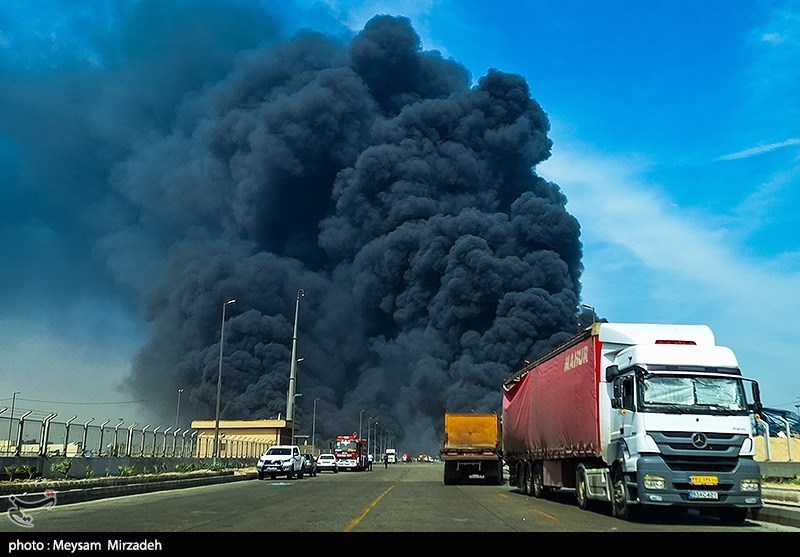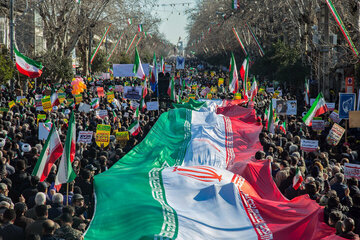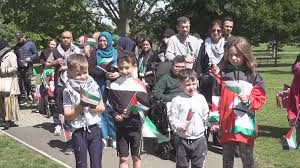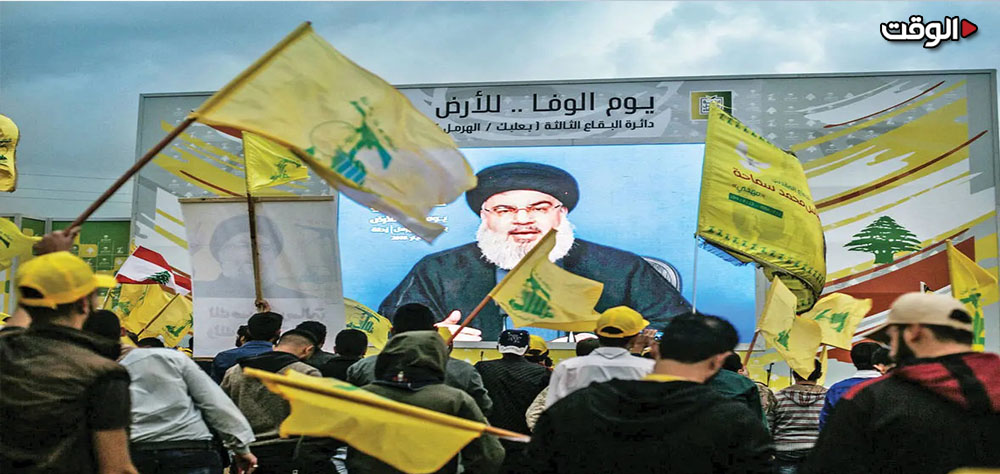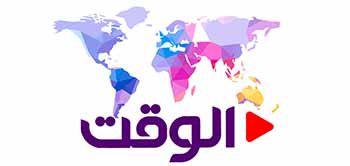Alwaght- The victory of Zahran Mamdani as a young non-White Muslim immigrant in the New York City's mayoral election is a remarkable phenomenon that has caught many in the US by surprise.
The fact that a young man not burn in the US and somehow foreign to the ideological and political identity of the power system ruling the country has managed to capturer the mayor seat in one of the most important cities and states of the US is a phenomenon many analysts and media are addressing to investigate the lower layers of this attitude shift in the American electorate. This realignment had been foreshadowed by earlier studies, which pointed to a gradual shedding of traditional socio-political identities and discourses and growing polarization within American society, a trend thrown into sharp relief by the recent, widespread pro-Palestinian protests on elite US university campuses.
This transformation reveals an urban American electorate that is not only more ideologically fluid but also more responsive to activist-driven campaigns, as it is developing readiness to elect candidates whose personal identities and foreign policy stances break from the conventional mold.
Important election facts; What happened?
Zaharan Mamdani, a 34-year-old Democratic socialist and state assemblyman born in Uganda and raised in New York, secured his victory by building a broad, progressive coalition and mobilizing voters who had been less active in previous election.
His campaign championed a platform of bold urban economic policies, including a rent freeze, reduced transit fares and free buses, universal childcare, a higher minimum wage, and increased government intervention in food and housing markets.
Simultaneously, he ran on a distinctly progressive platform, voicing staunch support for Palestinian rights, backing immigrant communities, and fiercely opposing Trump's immigration policies. His win, which makes him New York's first Muslim mayor and one of its youngest, was powered by unexpectedly high voter turnout among young people, renters, and new arrivals in Brooklyn, Queens, and the Bronx.
Sociology of Mamadani's electorate: Four interactive components
1. Economic insecurity concentrated in dense urban life
New York's housing market, transportation costs, scarcity of benefits for childcare, and fierce incoming inequality cause structural pressure that lead to popularity of promises for social justice and boost of public services. In cities where soaring rents and transportation costs strain household budgets, policy promises that directly reduce monthly expenses, such as rent control, free public transit, and childcare, carry profound political weight for the low and middle-income electorate. Mamdani's plan was a direct response to the acute financial anxieties of renters, low-wage workers, and young families, who constitute a large and expanding segment of the New York voting base. This political dynamic is rooted in long-term urban trends: the relentless rise of housing costs, the growth of precarious work, and the erosion of real wages for many. Political scientists and urban economists point to these very pressures as the primary drivers behind the growing public demand for bold, interventionist urban solutions.
2. Generational and cultural change: Generation Z as a distinctive political bloc
Younger, urban voters, who often saddled with lower-paying jobs and the burden of renting, proved to be Mamdani's most decisive bloc. Highly active on social media and more receptive to structural critiques of the system, they turned out for him at an overwhelming rate. Political science research and think-tank analyses have consistently shown that younger generations prioritize issues like affordability, climate change, racial justice, and hold distinctly different views on foreign policy. The Mamdani campaign's sophisticated social media and field-organizing strategy successfully converted this latent alignment into tangible votes. The driving force is not merely age, but a specific life stage defined by tenancy, precarious early-career employment, and student debt. This is coupled with a distinct political culture, shaped by digital organizing and a belief in direct-action politics.
3. Coalition policy: Organized left+ workers + new-comers+color communities
Mamdani's campaign proved highly effective at uniting several potent but often fragmented blocs: the organized base of the Democratic left, allied labor unions and service workers, tenant organizations that ran door-to-door campaigns, multilingual communication networks in immigrant neighborhoods, and newly-activated progressive donors and activists. The Working Families Party and networks associated with the Democratic Socialists of America (DSA) played a critical role in executing a granular, precinct-level mobilization strategy. This model of coalition-building is crucial in a city like New York, as it transforms campaign promises into tangible commitments, for instance, by having tenant organizers who can guarantee that a rent freeze will be implemented and enforced.
4. Support for Palestine, a sign of moral identity
Mamdani's pro-Palestinian stance and his identity as a non-white Muslim immigrant played a dual role. For many immigrant and Muslim voters, it signaled an authenticity and a shared understanding of their lived experience. Simultaneously, for a crucial segment of progressive voters, particularly the young and politically active, it served as a moral statement on US foreign policy and a commitment to international solidarity.
In an era of deep political polarization, a candidate's foreign policy positions are increasingly seen as a proxy for their broader ethical framework, allowing voters to infer their stance on domestic justice and solidarity.
The critical point here is the convergence of his pro-Palestinian message with Mamdani's core electoral base. While the pro-Israel lobby in the US has long been portrayed by critics as a powerful "deep state" of wealth and media influence, his morally-charged stance on Palestine also resonated as a reflection of domestic social and economic inequities within the US itself.
Why have voters elected an unconventional Democrat rather than a conventional moderate?
In precincts grappling with soaring rents, reliance on public transit, and crippling childcare costs, voters evaluate candidates based on their ability to change their material reality. Mamdani’s promises directly addressed these daily financial pressures. In contrast, his moderate rivals, who emphasized managerial efficiency or business-led economic growth, failed to offer immediate solutions. This aligns with a well-established pattern in political science on urban voting behavior: when city-dwellers face concrete, concentrated hardships, they vote for direct redistribution and regulation.
A related dynamic is the erosion of party loyalty and the rising importance of candidate authenticity.
A significant segment of young and unaffiliated voters has lost faith in traditional party machinery. For them, anti-establishment candidates with authentic roots in local activism are more credible than mainstream politicians perceived as beholden to corporate or police interests. Recent studies confirm that younger generations are far more distrustful of major institutions, including the two main political parties.
While conventional candidates rely on name recognition and party loyalty, the Mamdani campaign invested in a ground game of local organizing and a dominant social media presence to convert voter enthusiasm into actual votes. Exit poll data and election night reporting confirm that Mamdani over-performed in high-turnout precincts, particularly among renters and young voters.
We must also consider his identity as a Muslim, immigrant, and person of color. For many voters, particularly immigrants, racial minorities, and Generation Z, electing a mayor who visibly shares their identity and moral outlook is itself a democratic value. The historic nature of electing the city's first Muslim mayor generated crucial enthusiasm, boosted fundraising, and mobilized previously disengaged voters.
Role of media, disinformation, and blackening
Critics of Mamdani waged an aggressive campaign to paint his policies as radical and dangerous. Ironically, these attacks, particularly the barrage from Donald Trump, who repeatedly labeled him a "communist" and Hamas sympathizer, did little to damage him and instead vastly elevated his name recognition and solidified his support among his base.
What do think tanks, sociologists, and media outlets say?
Think tanks like Brookings argue that a central dynamic of 2020s American politics is a generational realignment around economic and cultural issues. Younger generations are more open to structural reforms, such as public ownership and stronger social safety nets, and less bound by party orthodoxy, a shift that directly explains Mamdani's appeal.
Concurrently, urban scholars at CUNY and similar institutions emphasize the critical role of local organizations, tenant unions, community boards, and workers' councils, in translating policy promises into credible, actionable commitments. These experts note that a candidate's credibility in New York is increasingly tied to their grassroots organizing history and their proven capacity to implement urban policy, a key asset that Mamdani bolstered with his background in housing advocacy and tenant organizing.
Furthermore, data-driven reporting from outlets like The Guardian, Reuters, TIME, and Politico, using precinct maps, exit polls, and campaign finance data, corroborates the narrative of a potent coalition. Their analyses confirm Mamdani's strength in diverse, working-class neighborhoods and among young voters, while also documenting the profound cultural and symbolic significance of his victory.
What does this choice say about the US society in the present time?
Electing Mamdani is a moment of truth in the US urban policy. This choice of voters reveals the power of bond between the identity and moral stance with promises of social justice and the gradual distancing of the young generation in the US from the traditional dual-party political structure. This victory tells us that the American cities are now the labs of progressive policies whose results are soon to flow at a national level.


